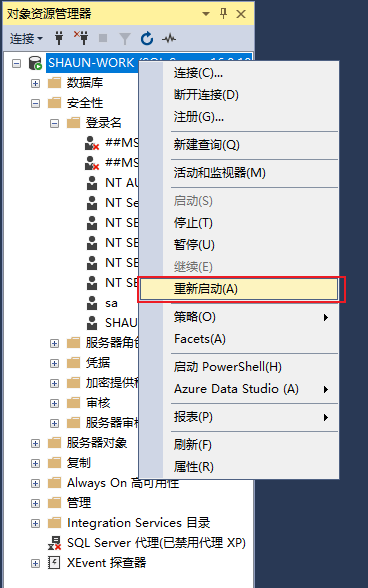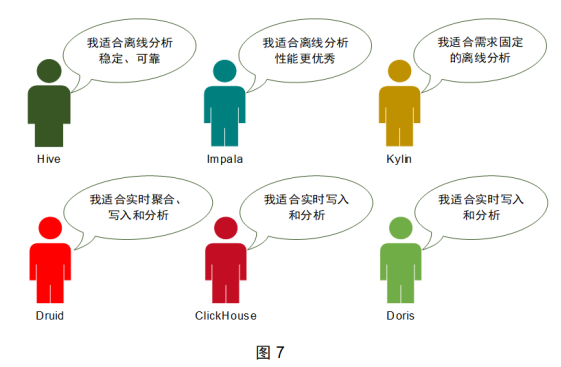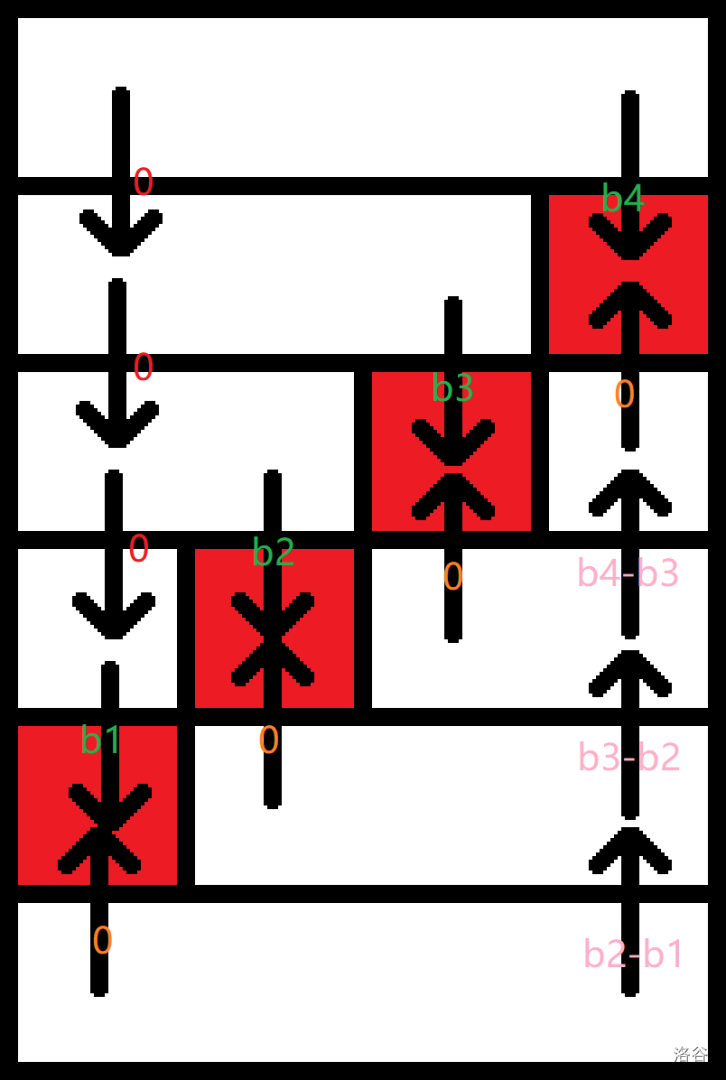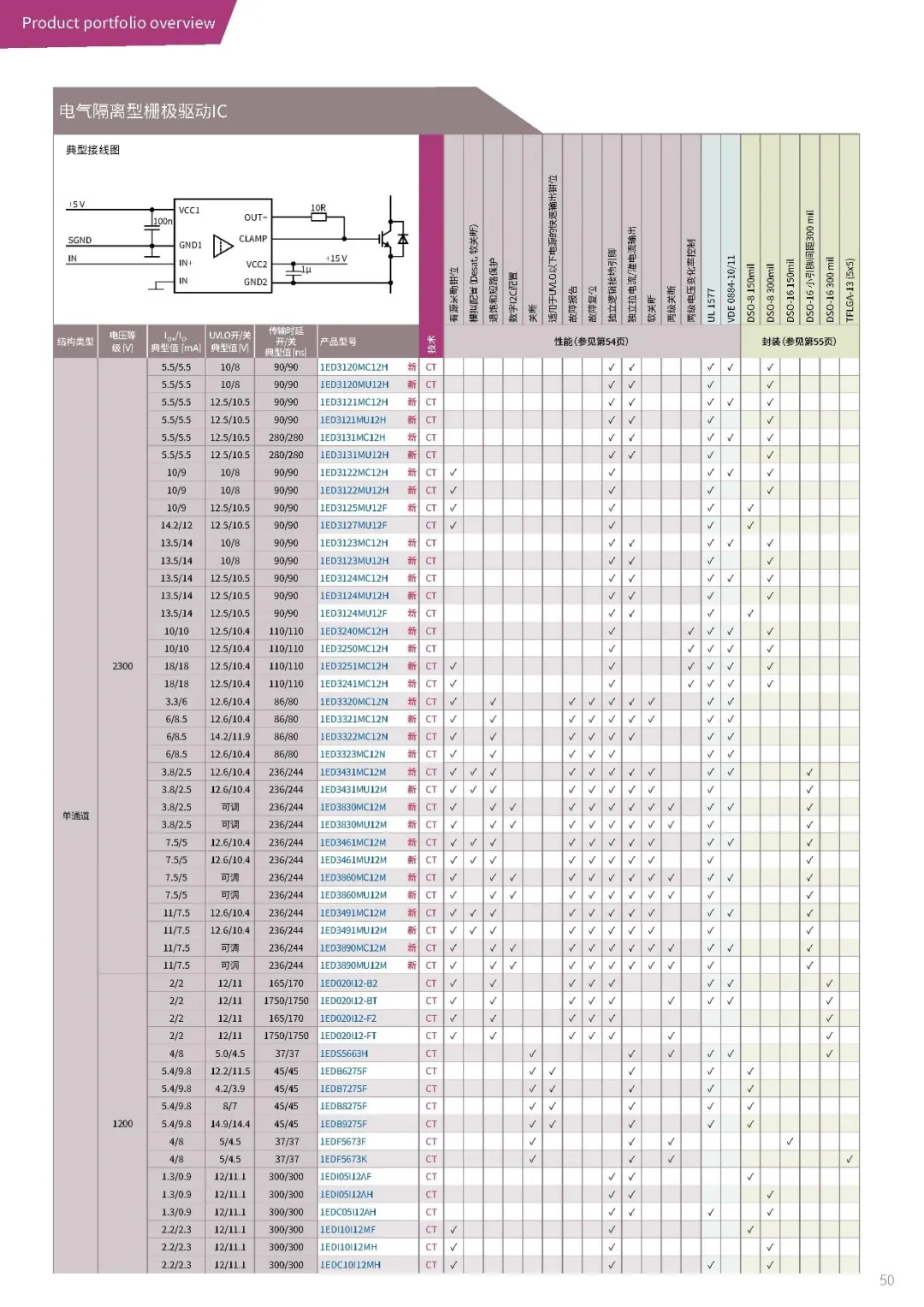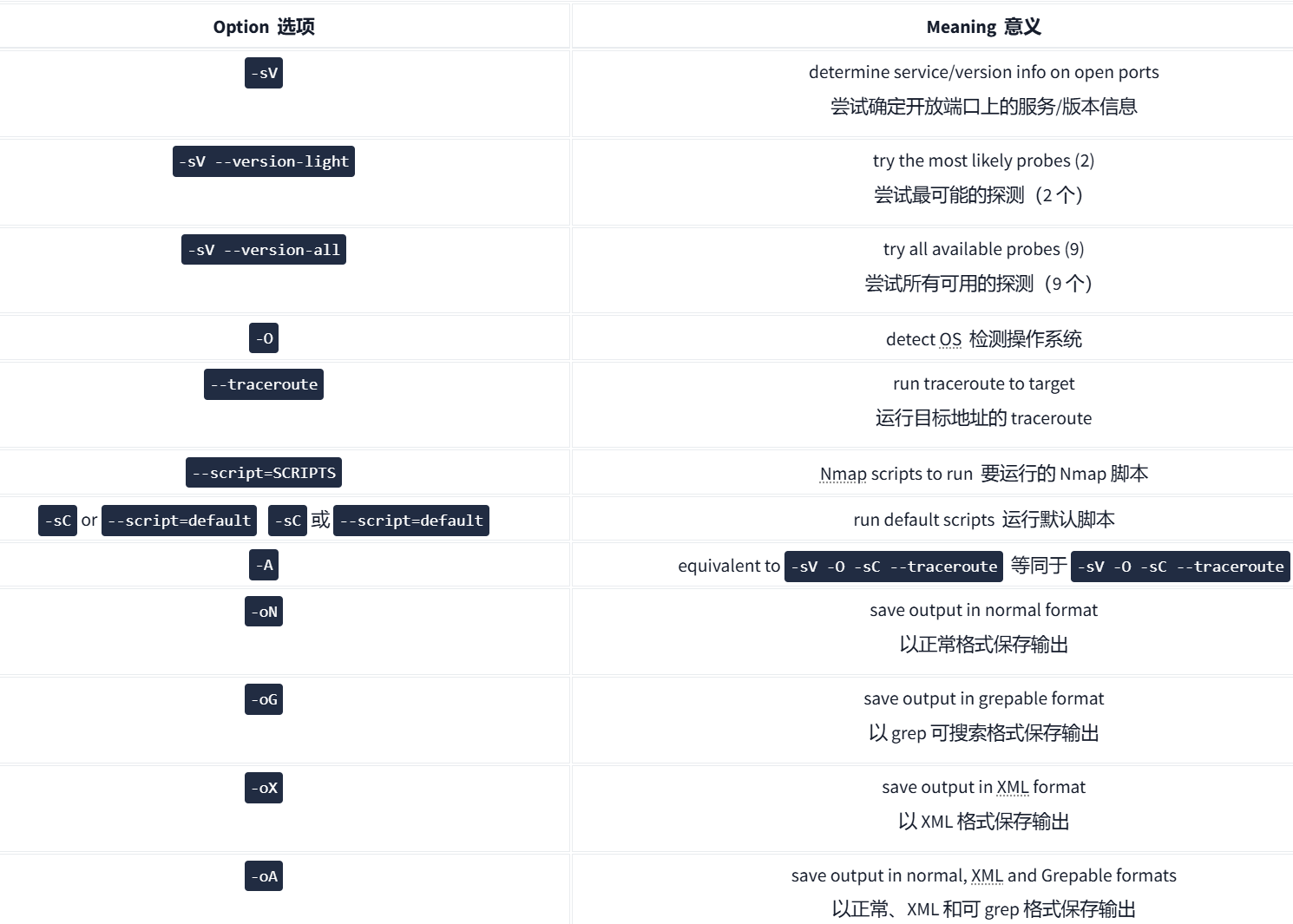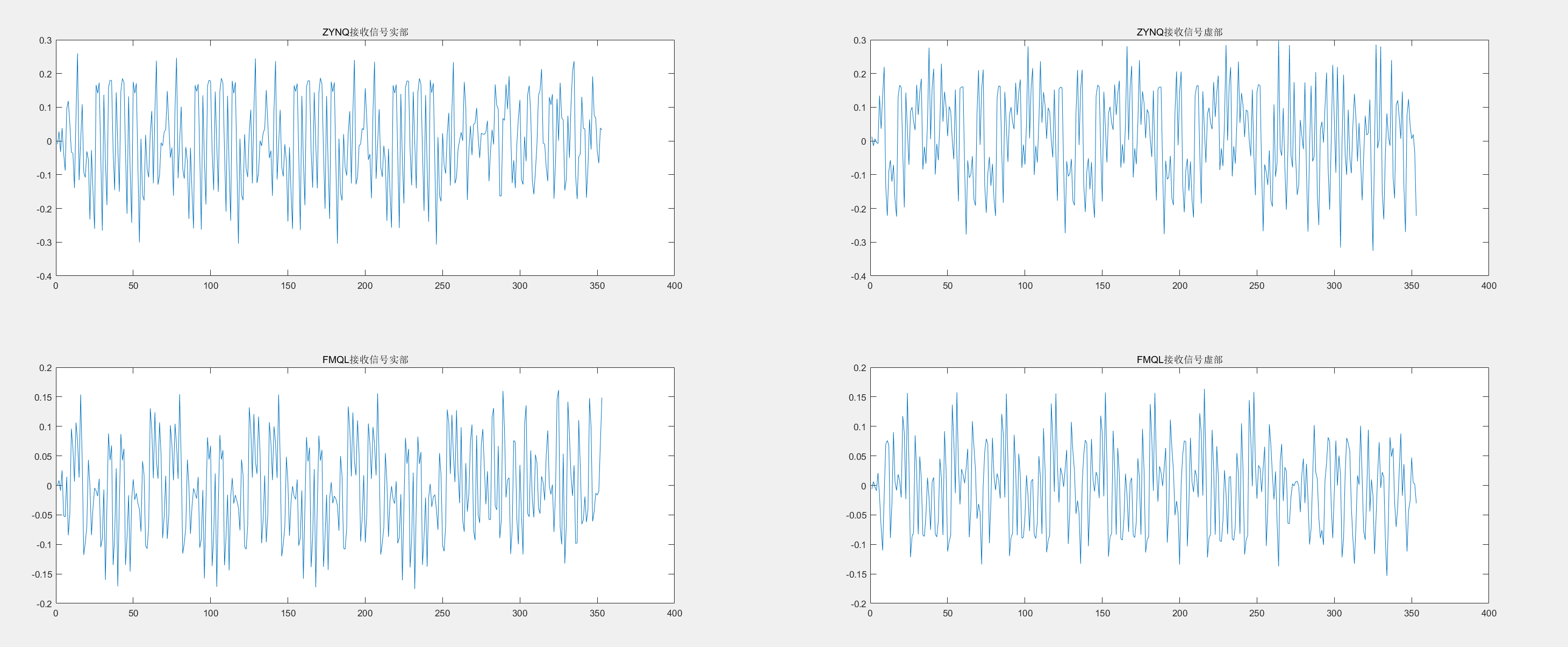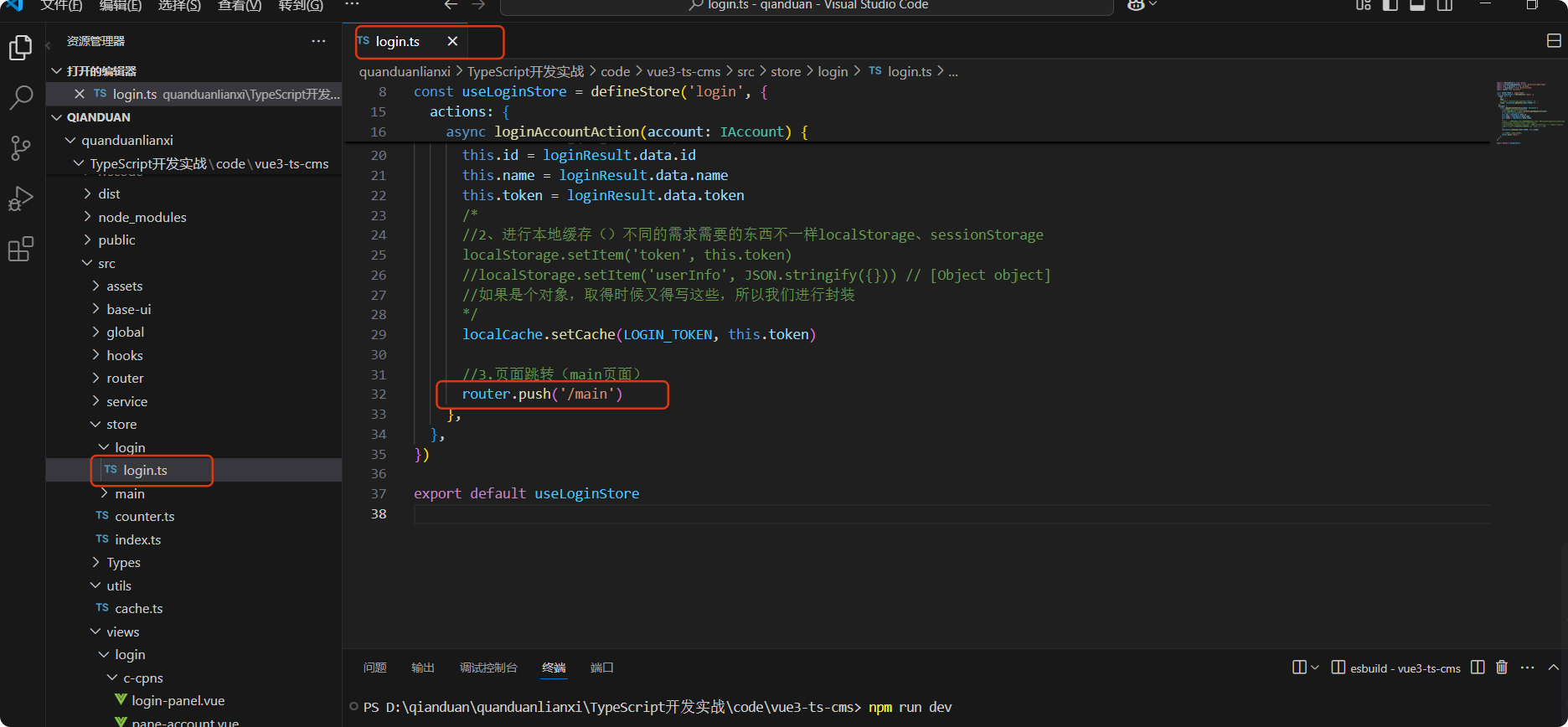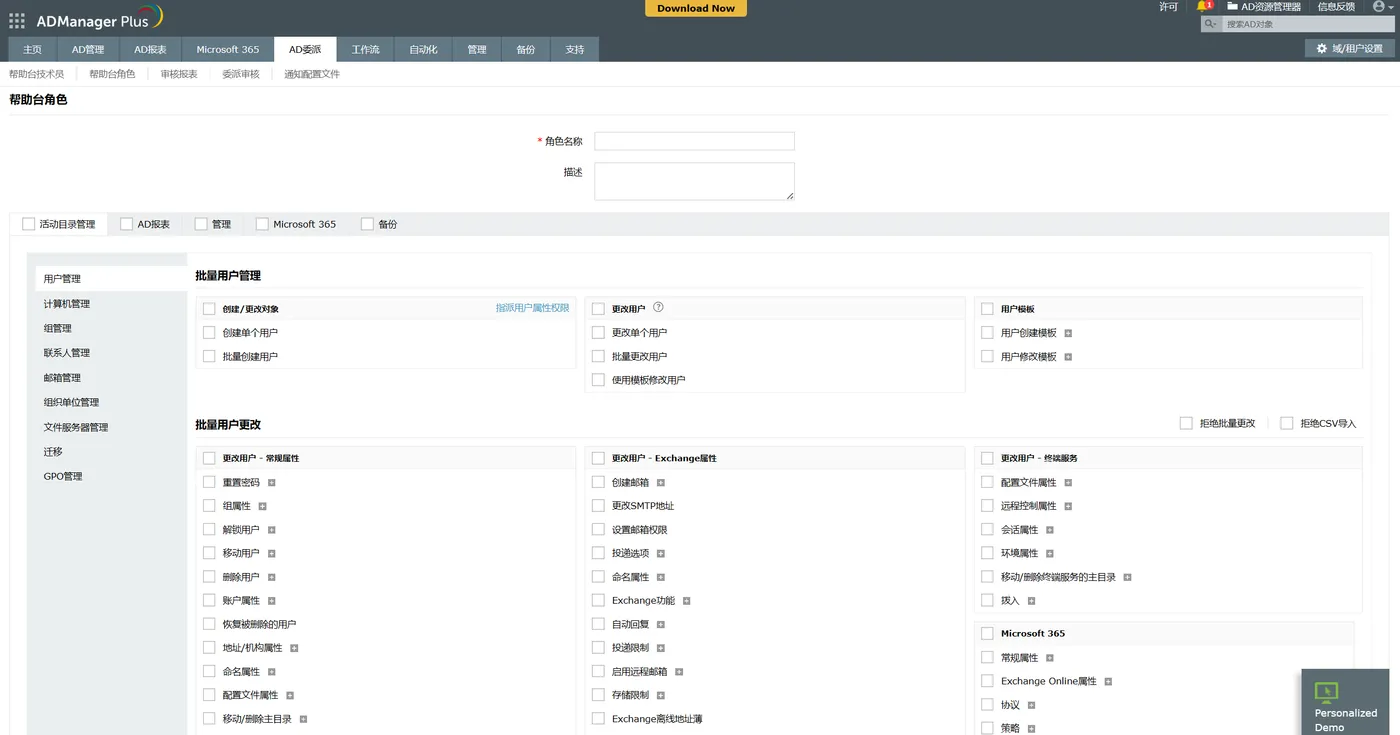2025年dsfz - 上学期B层字符串哈希专题做题笔记
笔记部分请看我的字符串哈希学习笔记
| 题目编号 | 标题 | 估分 | 正确 | 提交 | |
|---|---|---|---|---|---|
| Y | 2066 Problem A | 【一本通提高篇哈希和哈希表】乌力波(oulipo) | --- | 165 | 475 |
| Y | 2067 Problem B | 【一本通提高篇哈希和哈希表】Power Strings | --- | 117 | 358 |
| Y | 2068 Problem C | 【一本通提高篇哈希和哈希表】Seek the Name,Seek the Fame | --- | 138 | 384 |
| Y | 2069 Problem D | 【一本通提高篇哈希和哈希表】friends | --- | 105 | 562 |
| Y | 2070 Problem E | 【一本通提高篇哈希和哈希表】A Horrible Poem | --- | 82 | 302 |
| Y | 2071 Problem F | 【一本通提高篇哈希和哈希表】Beads | --- | 91 | 320 |
| Y | 2072 Problem G | 【一本通提高篇哈希和哈希表】Antisymmetry | --- | 78 | 167 |
| Y | 2073 Problem H | 【一本通提高篇哈希和哈希表】图书管理 | --- | 106 | 253 |
| Y | 2074 Problem I | 【一本通提高篇哈希和哈希表】门票 | --- | 74 | 514 |
| Y | 2075 Problem J | 【一本通提高篇哈希和哈希表】收集雪花 | --- | 82 | 217 |
问题 A: 【一本通提高篇哈希和哈希表】乌力波(oulipo)
题目内容
法国作家乔治·佩雷克(Georges Perec,1936-1982)曾经写过一本书,《敏感字母》(La disparition),全篇没有一个字母‘e’。他是乌力波小组(Oulipo Group)的一员。下面是他书中的一段话:
Tout avait Pair normal, mais tout s’affirmait faux. Tout avait Fair normal, d’abord, puis surgissait l’inhumain, l’affolant. Il aurait voulu savoir où s’articulait l’association qui l’unissait au roman : stir son tapis, assaillant à tout instant son imagination, l’intuition d’un tabou, la vision d’un mal obscur, d’un quoi vacant, d’un non-dit : la vision, l’avision d’un oubli commandant tout, où s’abolissait la raison : tout avait l’air normal mais…
佩雷克很可能在下面的比赛中得到高分(当然,也有可能是低分)。在这个比赛中,人们被要求针对一个主题写出甚至是意味深长的文章,并且让一个给定的“单词”出现次数尽量少。我们的任务是给评委会编写一个程序来数单词出现了几次,用以得出参赛者最终的排名。参赛者经常会写一长串废话,例如 \(500000\) 个连续的 T。并且他们不用空格。
因此我们想要尽快找到一个单词出现的频数,即一个给定的字符串在文章中出现了几次。更加正式地,给出字母表 \(\{'A','B','C',...,'Z'\}\) 和两个仅有字母表中字母组成的有限字符串:单词 \(W\) 和文章 \(T\) ,找到 \(W\) 在 \(T\) 中出现的次数。这里“出现”意味着 \(W\) 中所有的连续字符都必须对应 \(T\) 中的连续字符。\(T\) 中出现的两个 \(W\) 可能会部分重叠。
输入
输入包含多组数据。
输入文件的第一行有一个整数,代表数据组数。接下来是这些数据,以如下格式给出:
第一行是单词 \(W\),一个由 \(\{'A','B','C',...,'Z'\}\) 中字母组成的字符串,保证 \(1<=|W|<=10000\)(\(|W|\)代表字符串W的长度)
第二行是文章 \(T\),一个由 \(\{'A','B','C',...,'Z'\}\) 中字母组成的字符串,保证 \(|W|<=|T|<=1000000\) 。
输出
对每组数据输出一行一个整数,即 \(W\) 在 \(T\) 中出现的次数。
样例输入
3
BAPC
BAPC
AZA
AZAZAZA
VERDI
AVERDXIVYERDIAN
样例输出
1
3
0
解法
直接套模板即可。easy。详见我的字符串哈希学习笔记T1
#include<bits/stdc++.h>
using namespace std;
typedef unsigned long long ull;
const int N = 1000010, MOD = 1e9+7;
const int P = 131;
ull h[N], p[N];
ull h2[N];
char s2[N], s1[N];
int n;void gethash() {p[0] = 1;int n1 = strlen(s1 + 1), n2 = strlen(s2 + 1);for (int i = 1; i <= n1; i++) {h[i] = h[i - 1] * P + (s1[i] - 'A' + 1);p[i] = p[i - 1] * P;}for (int i = 1; i <= n2; i++) {h2[i] = h2[i - 1] * P + (s2[i] - 'A' + 1);}
}
ull get1(int l, int r) {return h[r] - h[l - 1] * p[r - l + 1];
}
ull get2(int l, int r) {return h2[r] - h2[l - 1] * p[r - l + 1];
}int main() {int n;cin >> n;while (n--) {scanf("%s%s", s2 + 1, s1 + 1);gethash();int n1 = strlen(s1 + 1), n2 = strlen(s2 + 1);int ans = 0;ull tmp = get2(1, n2);for (int i = 1; i + n2 - 1 <= n1; i++) {if (get1(i, i + n2 - 1) == tmp) {ans++;}}printf("%d\n", ans);}return 0;
}
B.【一本通提高篇哈希和哈希表】Power Strings
Description
Given two strings a and b we define a*b to be their concatenation. For example, if a = "abc" and b = "def" then a*b = "abcdef". If we think of concatenation as multiplication, exponentiation by a non-negative integer is defined in the normal way: a^0 = "" (the empty string) and a^(n+1) = a*(a^n).
给定若干个长度小于等于 \(1000000\) 的字符串,询问每个字符串最多由多少个相同的子串重复连接而成。如:ababab,最多由 \(3\) 个 ab 连接而成。
Input
Each test case is a line of input representing s, a string of printable characters. The length of s will be at least 1 and will not exceed 1 million characters. A line containing a period follows the last test case.
Output
For each s you should print the largest n such that s = a^n for some string a.
Sample Input
abcd
aaaa
ababab
.
Sample Output
1
4
3
解法
需要一点小技巧,详见详见我的字符串哈希学习笔记T2
#include<bits/stdc++.h>
using namespace std;
const int N = 1000010, P = 131;
typedef unsigned long long ull;
ull h[N], p[N];
char s[N];
int len;void gethash() {p[0] = 1;for (int i = 1; i <= len; i++) {h[i] = h[i - 1] * P + (s[i] - 'a' + 1);p[i] = p[i - 1] * P;}
}
ull get1(int l, int r) {return h[r] - h[l - 1] * p[r - l + 1];
}
int main() {while (scanf("%s", s + 1) and s[1] != '.') {len = strlen(s + 1);gethash();for (int i = 1; i <= len; i++) {if (len % i != 0) continue;if (get1(1, len - i/*!Important*/) == get1(i + 1, len)) {printf("%d\n", len / i);break;}}}return 0;
}
C.【一本通提高篇哈希和哈希表】A Horrible Poem
题目描述
给出一个由小写英文字母组成的字符串 \(S\),再给出 \(q\) 个询问,要求回答 \(S\) 某个子串的最短循环节。
如果字符串 \(B\) 是字符串 \(A\) 的循环节,那么 \(A\) 可以由 \(B\) 重复若干次得到。
输入
第一行一个正整数 \(n (n<=500,000)\),表示 \(S\) 的长度。
第二行 \(n\) 个小写英文字母,表示字符串 \(S\) 。
第三行一个正整数 \(q (q<=2,000,000)\),表示询问个数。
下面q行每行两个正整数 \(a,b (1<=a<=b<=n)\),表示询问字符串 \(S[a..b]\) 的最短循环节长度。
输出
依次输出 \(q\) 行正整数,第 \(i\) 行的正整数对应第 \(i\) 个询问的答案。
样例输入
8
aaabcabc
3
1 3
3 8
4 8
样例输出
1
3
5
解法
需要在B题的基础上减小循环次数,只循环约数,减小循环次数。用线性筛筛出每个数的最小的质因数。
#include <bits/stdc++.h>
#define N 500010
#define P 131
#define ULL unsigned long long
using namespace std;
int n, q, len, tot;
ULL h[N], p[N];
int prime[N], minp[N];
char s[N];
int read() {int x = 0, f = 1;char c = getchar();while (c < '0' || c > '9') {if (c == '-') f = -1;c = getchar();}while (c >= '0' && c <= '9') {x = x * 10 + c - '0';c = getchar();}return x * f;
}
void parse() {for (int i = 2; i <= n; i++) {if (!minp[i]) {prime[++tot] = i;minp[i] = i;}for (int j = 1; j <= tot; j++) {if (prime[j] > minp[i] || prime[j]*i > n) break;minp[prime[j]*i] = prime[j];}}p[0] = 1;for (int i = 1; i <= n; i++)h[i] = h[i - 1] * P + (ULL)s[i], p[i] = p[i - 1] * P;
}
bool valid(int a, int b, int l) {return h[b] - h[a + l - 1] * p[len - l] == h[a + (len / l - 1) * l - 1] - h[a -1] * p[len - l];
}
int main() {n = read();gets(s + 1);q = read();parse();while (q--) {int a, b, ans, tmp;a = read(), b = read();len = tmp = ans = b - a + 1;while (tmp != 1) {int t = minp[tmp];while (tmp % t == 0 && valid(a, b, ans / minp[tmp])) tmp /= t, ans /= t;while (tmp % t == 0) tmp /= t;}printf("%d\n", ans);}return 0;
}
D.【一本通提高篇哈希和哈希表】Beads
Description
Zxl有一次决定制造一条项链,她以非常便宜的价格买了一长条鲜艳的珊瑚珠子,她现在也有一个机器,能把这条珠子切成很多块(子串),每块有 \(k(k>0)\) 个珠子,如果这条珠子的长度不是k的倍数,最后一块小于k的就不要拉(nc真浪费),保证珠子的长度为正整数。 Zxl喜欢多样的项链,为她应该怎样选择数字k来尽可能得到更多的不同的子串感到好奇,子串都是可以反转的,换句话说,子串 \((1,2,3)\) 和 \((3,2,1)\) 是一样的。写一个程序,为Zxl决定最适合的k从而获得最多不同的子串。 例如:这一串珠子是: \((1,1,1,2,2,2,3,3,3,1,2,3,3,1,2,2,1,3,3,2,1)\), \(k=1\) 的时候,我们得到 \(3\) 个不同的子串: \((1),(2),(3) k=2\) 的时候,我们得到 \(6\) 个不同的子串: \((1,1),(1,2),(2,2),(3,3),(3,1),(2,3) k=3\) 的时候,我们得到 \(5\) 个不同的子串: \((1,1,1),(2,2,2),(3,3,3),(1,2,3),(3,1,2) k=4\) 的时候,我们得到 \(5\) 个不同的子串: \((1,1,1,2),(2,2,3,3),(3,1,2,3),(3,1,2,2),(1,3,3,2)\)
Input
共有两行,第一行一个整数 \(n\) 代表珠子的长度,\((n<=200000)\),第二行是由空格分开的颜色 \(a_i(1<=a_i<=n)\)。
Output
也有两行,第一行两个整数,第一个整数代表能获得的最大不同的子串个数,第二个整数代表能获得最大值的k的个数,第二行输出所有的k(中间有空格)。
Sample Input
211 1 1 2 2 2 3 3 3 1 2 3 3 1 2 2 1 3 3 2 1
Sample Output
6 12
解法
暂无。待补充。
//附:该代码为错解。
#include<bits/stdc++.h>
using namespace std;
const int N = 200010, MOD = 1e9+7;
typedef unsigned long long ull;
const int P = 13331;
ull p[N],h[N],t[N];
int n;
int s[N],ans[N],tot,cnt,idx;
int main() {scanf("%d",&n);for(int i = 1;i <= n;i++) scanf("%d",s[i]);p[0] = 1;for(int i = 1;i <= n;i++){p[i] = p[i-1]*P;h[i] = h[i-1]*P+s[i];}for(int i = n;i >= 1;i--) t[i] = t[i+1]*P+s[i];for(int k = 1;k <= n;k++){unordered_map<ull,bool> mp;cnt = 0;for(int i = 1;i <= n-k+1;i += k){ull lh = h[i+k-1]-h[i-1]*p[k];ull rh = t[i]-t[i+k]*p[k];ull h = lh*rh;if(!mp[h]){mp[h] = 1;cnt++;}}if(cnt > tot){tot = cnt;idx = 1;ans[1] = k;}else if(cnt == tot) ans[++idx] = k;}printf("%d %d\n",tot,idx);for(int i = 1;i <= idx;i++) printf("%d ",ans[i]);return 0;
}
E.【一本通提高篇哈希和哈希表】friends
有三个好朋友喜欢在一起玩游戏,A君写下一个字符串 \(S\) ,B君将其复制一遍得到 \(T\) ,C君在 \(T\) 的任意位置(包括首尾)插入一个字符得到 \(U\) .现在你得到了 \(U\),请你找出 \(S\) .
输入
第一行一个数 \(N\) ,表示 \(U\) 的长度.
第二行一个字符串 \(U\),保证 \(U\) 由大写字母组成
输出
输出一行,若 \(S\) 不存在,输出 "NOT POSSIBLE".若 \(S\) 不唯一,输出 "NOT UNIQUE".否则输出 \(S\).
样例输入
Sample Input1:
7
ABXCABC
Sample Input2:
6
ABCDEF
Sample Input3:
9
ABABABABA
样例输出
Sample Output1:
ABC
Sample Output2:
NOT POSSIBLE
Sample Output3:
NOT UNIQUE
解法:请看请看我的字符串哈希学习笔记
#include <bits/stdc++.h>
using namespace std;
const int N = 2e6 + 10;
const int P = 131;
set<unsigned long long> st;
typedef unsigned long long ull;
ull h[N], p[N];
char s[N];
void gethash() {int len = strlen(s + 1);p[0] = 1;for (int i = 1; i <= len; i++) {p[i] = p[i - 1] * P;h[i] = h[i - 1] * P + (s[i] - 'A' + 1);}
}
ull get(int l, int r) {return h[r] - h[l - 1] * p[r - l + 1];
}
int main() {int len;scanf("%d%s", &len, s + 1);gethash();int mid = len / 2 + 1;ull l, r;char res = ' ';for (int i = 1; i <= len; i++) {if (i == 1) {l = get(2, mid);r = get(mid + 1, len);} else if (i == len) {l = get(1, mid - 1);r = get(mid, len - 1);} else if (i < mid) {l = get(1, i - 1) * p[mid - i] + get(i + 1, mid);r = get(mid + 1, len);} else if (i > mid) {l = get(1, mid - 1);r = get(mid, i - 1) * p[len - i] + get(i + 1, len);} else if (i == mid) {l = get(1, mid - 1);r = get(mid + 1, len);}if (l == r) {st.insert(l);if (st.size() > 1) {puts("NOT UNIQUE");return 0;}if (i <= mid)res = 'R';elseres = 'L';}}if (st.size() == 0)puts("NOT POSSIBLE");else {s[mid] = '\0'; // 输出到这里的时候就停止输出if (res == 'L')printf("%s", s + 1);elseprintf("%s", s + mid + 1);}
}
【一本通提高篇哈希和哈希表】Beads
- 这题就很烦人、、、阅读理解+头脑风暴
- 首先我们就需要注意整个的这个串正反都算一种,所以就需要搞两遍字符串哈希,然后再开一个 \(unordered\_map\) 记录各个串的哈希结果,最后去重得到当前答案,再更新最终答案。
- 还有一个很烦人的点就是:它有哈希冲突就很恶心 P必须去13331才行
#include <bits/stdc++.h>
using namespace std;
typedef unsigned long long ull;
const int N = 2e5+10, P = 13331;int n;
ull p[N];
void gethash(ull h[], int s[]) {p[0] = 1;for (int i = 1; i <= n; i++) {h[i] = h[i - 1] * P + s[i];p[i] = p[i - 1] * P;}
}
ull get1(int l, int r, ull h[]) {return h[r] - h[l - 1] * p[r - l + 1];
}
vector<int> v;
ull h[N];
int rev_s[N];
int s[N];
ull rev_h[N];
int main() {scanf("%d", &n);for (int i = 1; i <= n; i++) {scanf("%d", &s[i]);rev_s[n - i + 1] = s[i];}gethash(h, s);gethash(rev_h, rev_s);int ans = 0;for (int i = 1; i <= n; i++) {unordered_map <ull, bool> mp;mp.clear();int nowans = 0;for (int j = 1; j + i - 1 <= n; j += i) {int noww = get1(j, j + i - 1, h);if (mp[noww] == 0 and mp[get1(n - (j + i - 1) +1, n - j + 1, rev_h)] == 0) {mp[noww] = 1;nowans++;}}if (ans < nowans) {v.clear();ans = nowans;v.push_back(i);} else if (ans == nowans) v.push_back(i);}printf("%d %d\n", ans, v.size());for (int i = 0; i < v.size(); i++) {printf("%d\n", v[i]);}
}
【一本通提高篇哈希和哈希表】Antisymmetry
- 这题需要二分套哈希。
- 枚举主串中每个中间点,二分左右延长的距离,check函数里面检验以中间点为中心,向两侧演唱mid个单位后组成的字串是否符合条件。最后取最优解。
#include<bits/stdc++.h>
using namespace std;
const int N=1000010,P=13331;
long long ans;
int n;
char s[N];
unsigned long long hh[N],tt[N],p[N];
int check(int x){int l=0,r=min(x,n-x);while(l<r){int mid=l+r+1>>1;if(hh[x]-hh[x-mid]*p[mid]==tt[x+1]-tt[x+mid+1]*p[mid]){l=mid;}else{r=mid-1;}}return l;
}
int main(){scanf("%d",&n);scanf("%s",s+1);p[0]=1;for(int i=1;i<=n;i++){p[i]=p[i-1]*P;hh[i]=hh[i-1]*P+s[i]-'0';}for(int i=n;i>=1;i--){tt[i]=tt[i+1]*P+1-(s[i]-'0');}for(int i=1;i<n;i++){ans+=check(i);}printf("%lld\n",ans);return 0;
}【一本通提高篇哈希和哈希表】图书管理
- 这题我用 \(unordered\_map\) 直接水过。用哈希的话还要把字符串中的空格替换成某一个很独特的字符,还要优化复杂度。
#include <bits/stdc++.h>
using namespace std;unordered_map <string, int> mp;int main() {int n;cin >> n;for (int i = 1; i <= n; i++) {string s;cin >> s;if (s == "add") {getline(cin, s);mp[s]++;}else if(s == "find"){getline(cin,s);if(mp[s] != 0){cout<<"yes\n";}else{cout<<"no\n";}}}}【一本通提高篇哈希和哈希表】门票
- 正解应该是字符串哈希+哈希表,但是蒟蒻不会哈希表、、、so我用 \(unordered\_map\) 想直接水过,但是没想到被卡常了、、、
- 我在认真分析数据之后,得出:无法用STL水过该题,但是由于Accoders数据过于水,我就私自降低了数据范围,然后就水过了~
#include <bits/stdc++.h>
using namespace std;unordered_map <unsigned long long,int> mp;
unsigned long long a[2000010];
int main(){int A,b,c;scanf("%d%d%d",&A,&b,&c);a[0] = 1;mp[1]++;for(int i = 1;i <= 1000000/*这里原来是二十万,但是被卡常,题目范围也是二十万,但是Accoders数据过水,就被我私自改成了十万*/;i++){a[i] = (A*a[i-1]+a[i-1]%b)%c;if(mp[a[i]] != 0) {printf("%d",i);return 0;}mp[a[i]]++;}puts("-1");
}

